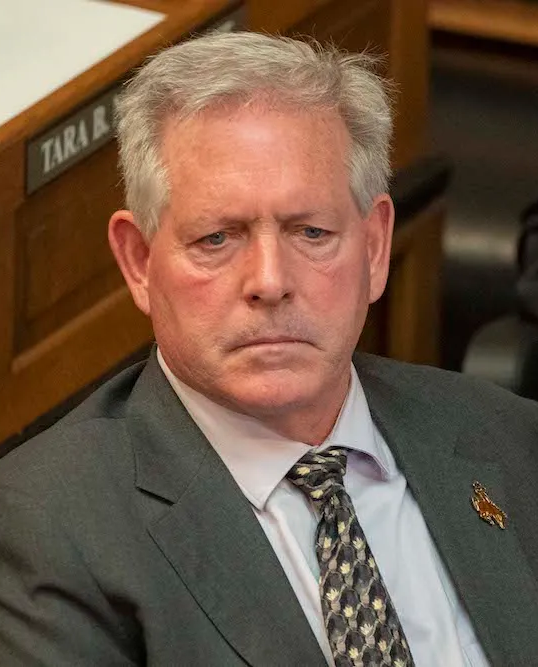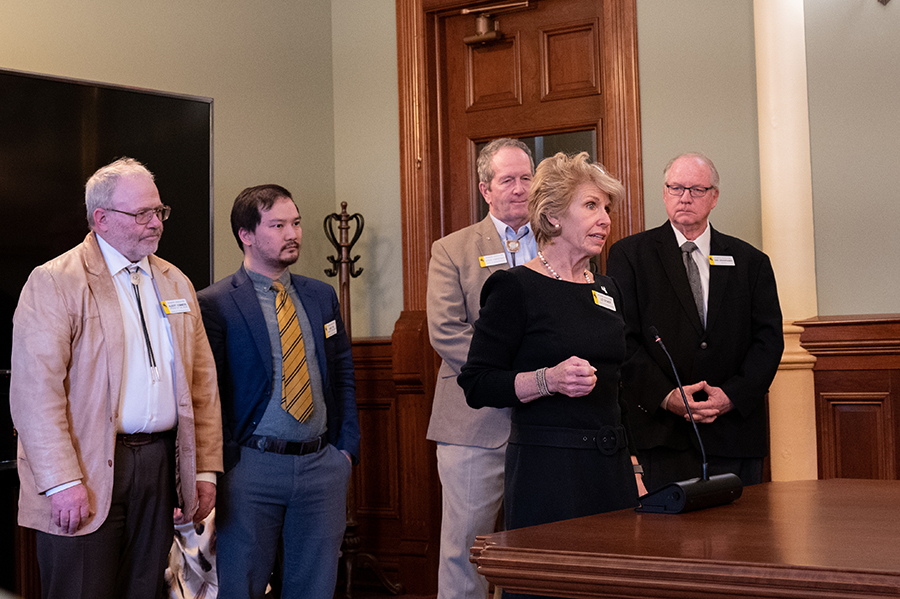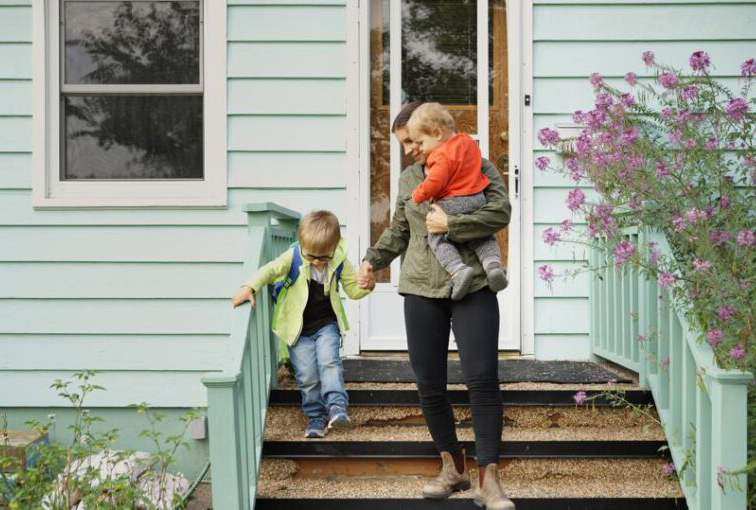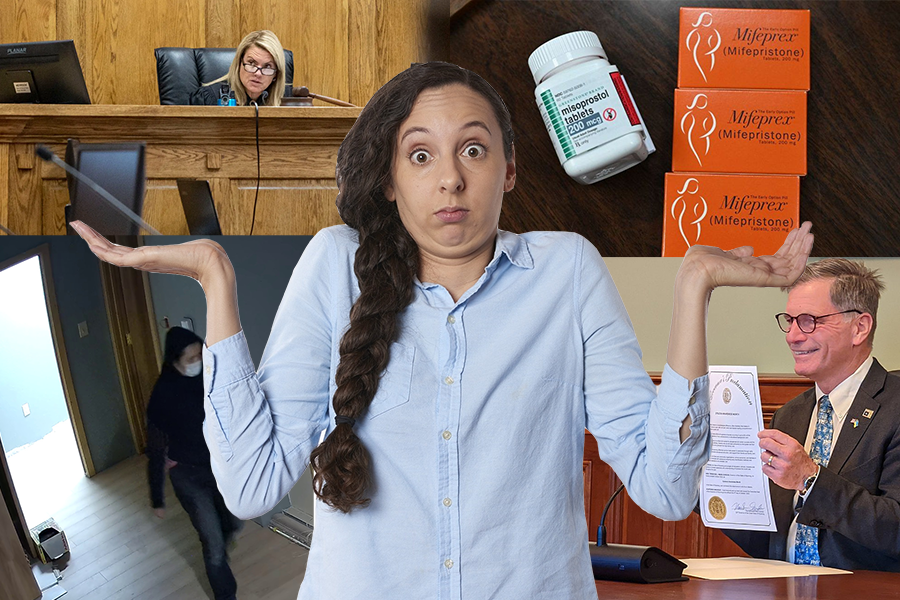Session recap: Relief and reform for rising Wyo. property taxes
While Wyoming’s property tax rates remain among the nation’s lowest, homeowners have seen their property tax bills increase over the past few years as a result of rising home values.
The Wyoming Legislature entered its 2023 session poised to take action to protect working families from the increased tax burden. Lawmakers brought a total of 21 bills related to property tax relief or reform.
Sadly, most of these came from members of the so-called “Freedom Caucus” whose overall goal is to gut the government of funding. They aimed to dramatically slash tax property rates while ignoring the obvious negative consequences.
Thankfully, every single one of the “Freedom Caucus” tax bills failed due to concerns that they would effectively defund our towns and counties that depend on property tax payments for things like schools and roads.
Roughly 10,000 hardworking Wyoming families who need it most will be able to lower their tax burden.
However, two tax measures did reach Governor Mark Gordon’s desk, and he enthusiastically signed them.
The first provides targeted, immediate help to Wyoming residents via the expansion of the state’s existing property relief tax program. By lowering the threshold to qualify for relief, roughly 10,000 hardworking Wyoming families who need it most will be able to lower their tax burden.
[Applications for property tax relief are open now through June 5]
The second bill, which is aimed at longer term structural reform, is actually a proposed change to the Wyoming Constitution. Voters will need to approve it during the 2024 election to see its benefits.
Currently, per the Wyoming Constitution, residential property tax rates are lumped together with commercial rates, making it difficult for lawmakers to lower homeowners’ tax burdens without also cutting taxes for corporations that already pay the lowest commercial rates in the nation or threatening funding for local communities.
To untangle this issue, lawmakers passed “Senate Joint Resolution 3 – Property tax residential property class.” The measure, if adopted by voters, would create a separate category for residential property taxes so that lawmakers could provide more targeted relief for homeowners and renters.
Separating residential from commercial tax rates could also create opportunities for lawmakers to balance our state’s mineral dependent tax structure by generating extra revenue from second homes and investment real estate while sparing tax increases for people who actually live in their homes.
Higher taxes? Thank inflation, retirees, and the rich
Wyoming property tax bills have gone up because the cost of homes in Wyoming has increased.
If your home value rises—even if the tax rate stays the same—your taxes will be higher.
The increase in Wyoming housing costs somewhat mirrors national trends, with supply chain issues, inflation, and building material costs skyrocketing during the COVID-19 pandemic.
But there are Wyoming-specific factors at play, as well. During the recent “Zoom Boom,” high-paid remote workers flocked to the West to escape cities. In Wyoming, we’ve also seen a raft of wealthy retirees relocating here, even as younger people flee the state for opportunities elsewhere.
Wyoming’s luxury real estate market continued to accelerate, too, with the ultra-rich spending $2.5 billion on mansions and ranches in Teton County in 2022 alone. This drove up the already high cost of housing in the area and spurred double-digit property tax increases. Other scenic parts of the state fared similarly.
All of these factors combined to raise home prices and, as a result, residential property taxes. Wyomingites looked to the Legislature for solutions, and the Legislature got to work.
Populists who oppose tax relief
The two property tax relief bills that passed experienced strange journeys through the Legislature during the 2023 session.

Ironically, members of the supposedly populist “Freedom Caucus” were alone in their opposition to measures that would lower people’s property taxes.
Sen. John Kolb (R-Rock Springs) argued that the state should limit its existing tax relief program instead of allowing it to benefit more people.
“I think it’s time to rein this thing back in,” he said.
The far-right bloc in the Senate was alone in opposing “House Bill 99 – Property tax refund program.”
Meanwhile, the constitutional amendment to create longer-term tax solutions by separating residential from commercial and industrial tax rates was initially defeated.
A majority of House members voted for its first version, “House Joint Resolution 2 – Constitutional amendment-residential property class.” But since it was a constitutional amendment, it required a two-thirds majority—not just a simple majority—to advance.
The House Freedom Caucus voted in unison against HJ-2, which was sponsored by their nemesis, Speaker of the House Albert Sommers (R-Pinedale).
As the session neared its end, however, the Freedom Caucus realized they would have a hard time explaining to folks back home why all of their tax relief bills failed, and why they also refused to support any solution whatsoever.

On one of the session’s final days, Rep. Liz Storer (D-Jackson) proposed a solution: She offered an amendment to another bill that was before the House—a narrowly focused property tax proposal sponsored by Sen. Dan Dockstader (R-Afton)—that would transform Dockstader’s bill entirely, into a variation of the initial bill brought by Speaker Sommers.
With Dockstader’s blessing, the initial proposal to create a separate class for residential property taxes was brought back to life.
Everyone got in line behind it—even the Freedom Caucus (well, enough of them for it to pass, anyway).






